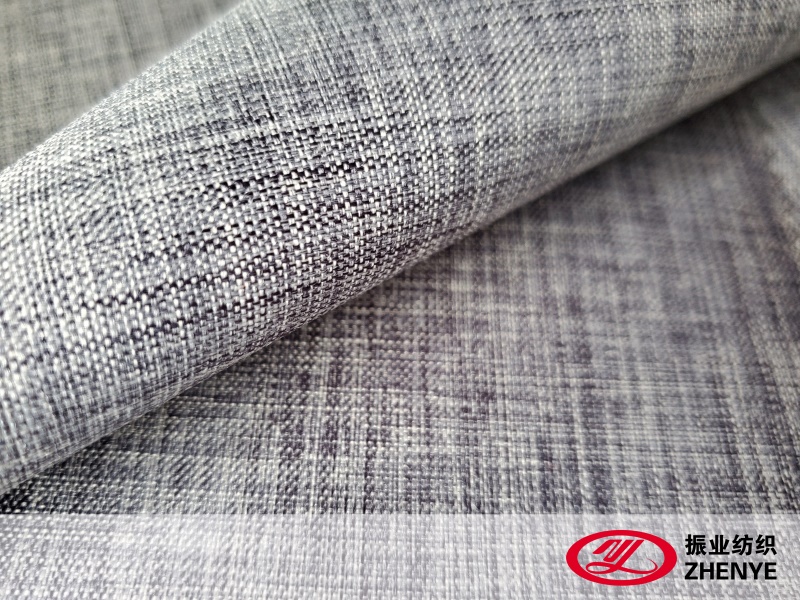The Foundation: Inherent Functional Properties

The initial appeal of PVC fabric, and the bedrock of its success, lies in its fundamental physical characteristics. These properties provided solutions to practical problems that other textiles could not.
Waterproof and Weather-Resistant: At its core, PVC fabric is a coated material, typically a polyester or nylon base with a layer of polyvinyl chloride applied to one or both sides. This creates a completely impermeable barrier. This made it an obvious choice for functional outerwear like raincoats, protective jackets, and fisherman's gear long before it was considered for high fashion. Its ability to repel water, wind, and snow offered a level of protection that was highly effective and long-lasting.
Durability and Ease of Maintenance: The material is inherently strong and resistant to abrasion, tearing, and mildew. Garments made from PVC fabric could withstand harsh conditions and required minimal care; often, a simple wipe with a damp cloth was sufficient for cleaning. This resilience and low-maintenance nature made it practical for both workwear and, later, for adventurous fashion pieces meant to be worn and seen.
Structural Versatility: The manufacturing process of PVC fabric allows for significant variation in its weight, thickness, and finish. It can be produced to be rigid and structural, holding dramatic shapes for avant-garde designs, or it can be made more pliable for garments that require some movement. Furthermore, it can be given a high-gloss, mirror-like finish or a subdued matte texture, offering designers a range of aesthetic tools to work with.
Cultural Adoption and Symbolic Transformation
Before haute couture took notice, PVC fabric was adopted by various subcultures, which began the crucial work of redefining its image from purely practical to powerfully symbolic.
The Punk and Fetish Aesthetic: In the 1970s and 80s, the punk movement embraced materials that were confrontational and anti-establishment. The shiny, synthetic, and industrial look of PVC directly contrasted with traditional, "respectable" fabrics like wool and cotton. Simultaneously, its use in fetish wear lent it an aura of transgression, rebellion, and sexuality. This association with subcultures gave PVC fabric a potent edge and a clear identity that was about more than just keeping dry.
Futurism and Uniformity: The material's sleek, artificial appearance naturally evoked futuristic themes. From science-fiction films to the rise of electronic music scenes like techno, PVC came to symbolize a sleek, modern, and sometimes dystopian future. Its use in uniforms, both in these fictional depictions and in real-life contexts like certain performance troupes, played with ideas of anonymity, conformity, and a manufactured, glossy perfection.
High-Fashion Validation and Mainstream Iterations
The final step in PVC fabric becoming a fashion favorite was its legitimization by the world of high fashion. Designers played a pivotal role in refining its application and integrating it into a broader sartorial context.
Designer Experimentation: Visionary designers like Pierre Cardin, Paco Rabanne, and later, Mary Quant and Miuccia Prada, began experimenting with plastics and synthetic materials. They saw the potential of PVC to create groundbreaking silhouettes, from space-age mini dresses to elegant, transparent trench coats. By incorporating it into their collections, they elevated it from a subcultural symbol to an object of luxury and high design.
Refinement of Application: In the hands of skilled designers, the use of PVC fabric became more sophisticated. It was no longer just about creating a full garment from the material. Designers began using it as an accent—on collars, cuffs, or as a protective overlay—or combining it with more traditional textiles. This demonstrated its versatility and helped it integrate into more wearable, yet still fashion-forward, ready-to-wear lines.
Cyclical Reinvention: The appeal of PVC in fashion has proven to be cyclical rather than linear. It experiences regular resurgences, reinterpreted by new generations of designers. In one season, it might appear as stark, minimalist separates; in another, as colorful, playful inflatable designs or as part of the ongoing trend for utilitarian and protective clothing. This ability to be constantly reinvented keeps it relevant and exciting.


 EN
EN
 English
English Español
Español 中文
中文
.jpg)
-1.jpg)
.jpg)
-1.jpg)


